Nature
Hiking and Camping
Where to go for those who do not take the helicopter over the Valley of Geysers, where to treat allergies and whether Russia has its own Grand Canyon.
Mutnovskaya – for common people – Mutnovka, in slang – and even Mut, – the most popular route in Kamchatka, although it is not a traditional asphalt road. Here begins Kamchatka of the bold and daring - with Martian landscapes, bizarre color effects of volcanic activity, caustic vapors of hydrogen sulfide and total impassibility, which sometimes makes you feel more sick than hydrogen sulfide.


"Mutnovka"
Ahead, the pillars of the Mutnovskaya GEOES are smoking, converting the steam-water mixture into electricity, on the right is the picturesque Zaykin Cape with its Zaykin Key, rich in silver ions. From the observation deck on the steep Vilyuchinsky pass (850 m), one of the most panoramic views opens: you can simultaneously observe the volcanoes - Vilyuchinsky, Gorely, Mutnovsky and Opala, and the waterfalls - Spokoiny, Veronikiny Kosa, Opasny, Snezhny (snowy - in Russian) and Medvezhiy (bear - in Russian), and Snow caves on the Vilyuchinsky waterfall, and Goryachaya (hot - in Russian) hill dawns in the distance.


Here the fish river Karymshina runs, the Barkhatnaya (velvet - in Russian) hill is on the left. It is called so not because it’s just beautiful, but because if you look at the right angle, it really looks velvet. In the picturesque valley of Karymshina with its slopes covered with birch forests and alder groves, you can find more hot springs. “What for, if we’ve just left Paratunka?”- you would ask. The local water is known to heal those who have difficulties with the musculoskeletal system and suffer from allergies and skin diseases. For better effect - cover yourself with black mud.
A breathtaking view of the Vilyuchinsky volcano opens from the Paratunsky bridge, and just behind there’s a path that leads to the Verkhne-Paratunsky springs. The road is not difficult and the views around are too beautiful to describe with words. They will stay in your heart forever.

Mutnovsky volcano and Malaya Valley of Geysers
Mutnovsky is one of the most active volcanoes in Kamchatka with four craters, the largest of which is located at an altitude of only 1600 meters, so there is no need to reach the peak. There are not many steep ascents on the way to the crater, and all of them with a drop of not more than 50 m. It is not recommended to stay here for more than half an hour. Don’t try to play a hero - if you start feeling dizzy from the suffocating sulfur fumes, it is better to leave the sight immediately.


The ascent will take about three hours, but it’s optional. At the foot of the volcano, you will find things to see and do.
Over the historical period, Mutnovsky erupted 16 times, and today there is another volcanic activity - fumaroles and hot springs. Those springs are called the Small Valley of Geysers, since a natural pool with mineral water and blue clay is located in the middle of a fumarole field. Hundreds of jets of steam and gas burst out of the ground, and from afar it really looks like geysers. It is better not to come too close: the temperature of the sources can be detected by the color of the thermophilic algae - if they are green, the temperature is below 60 degrees, if white - higher (it can reach 95 C). It would seem that there is no place for any flora, but the valley is drowning in the thickets of Kamchatka lyubka, cladonia, bent grass and wild grass with an unpronounceable name.


At the foot of Mutnovsky there is also a picturesque opening in the ground, which some especially enthusiastic travelers compare with the Grand Canyon - Opasny (dangerous - in Russian) canyon. Above the canyon, there is a great viewpoint with a panoramic view, and it still smells sulfur strongly.
Gorely (burnt - in Russian) volcano
The modern volcano is located in a vast collapse caldera which is 14 km in diameter. 22 eruptions only after 700 BC, 11 peaks, 30 overlapping craters and many beautiful lakes. Once Gorely was 700 meters higher, that is, about 2500 meters, but “sank” in minutes during the eruption, scattering around 120 km3 of rocks. The last eruption began on June 12, 2010, the previous ones were observed in the 80s. Today the volcano is active, the underground heat rises the temperature of the rocks, and an ominous reddish glow can sometimes be seen at night.


The ascent to Gorely (1828 m) is not tiring, it takes about 2 hours, and its uniqueness is in the bright turquoise lake located inside the crater.



Life hack
It is important to wear not only comfortable, but also really warm shoes, since part of the path is in the snow. And do not forget to take food with you - there’s no sense of counting on fish-rich gastronomy of Kamchatka: most of the places worth visiting are completely wild.




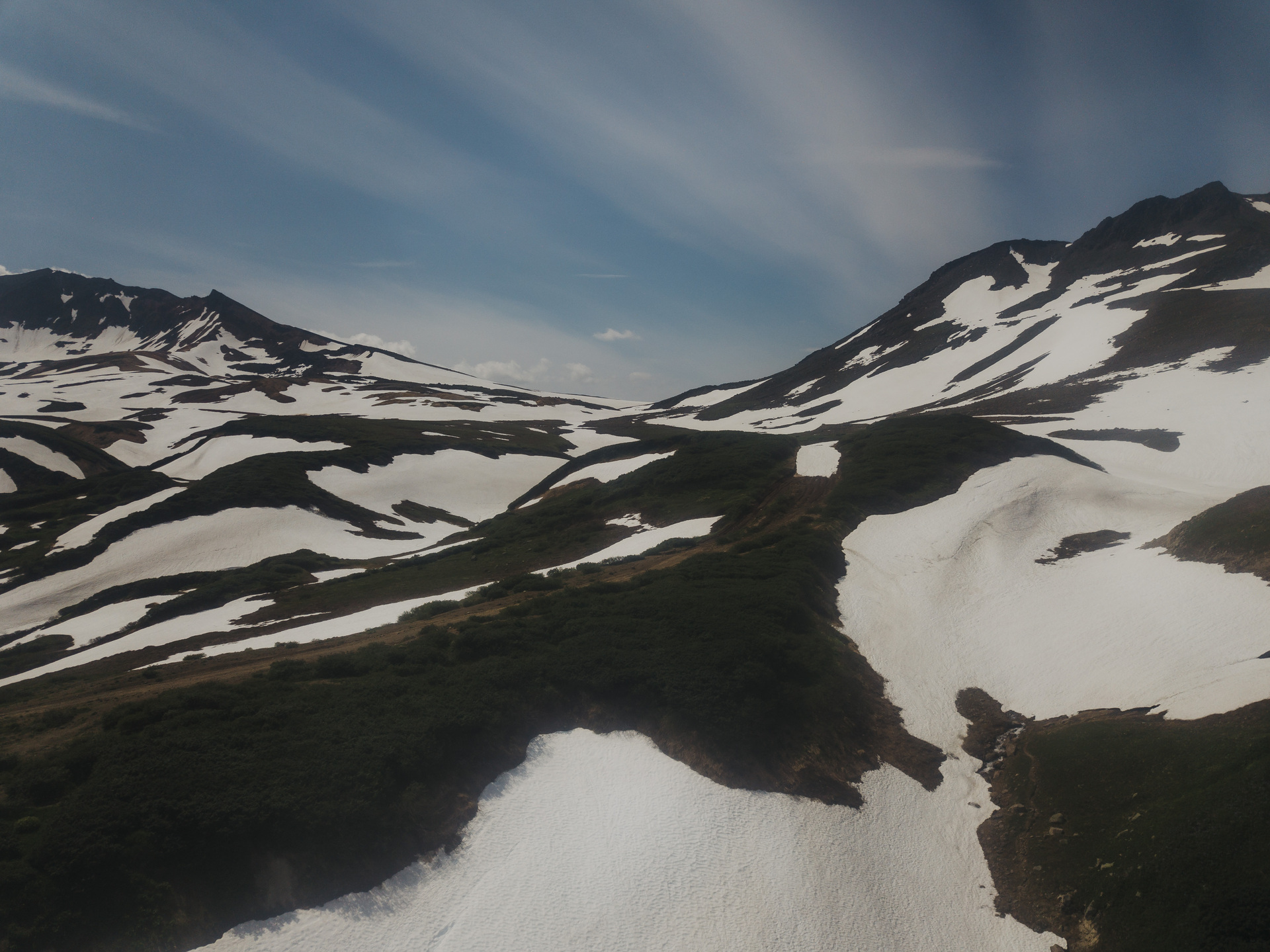
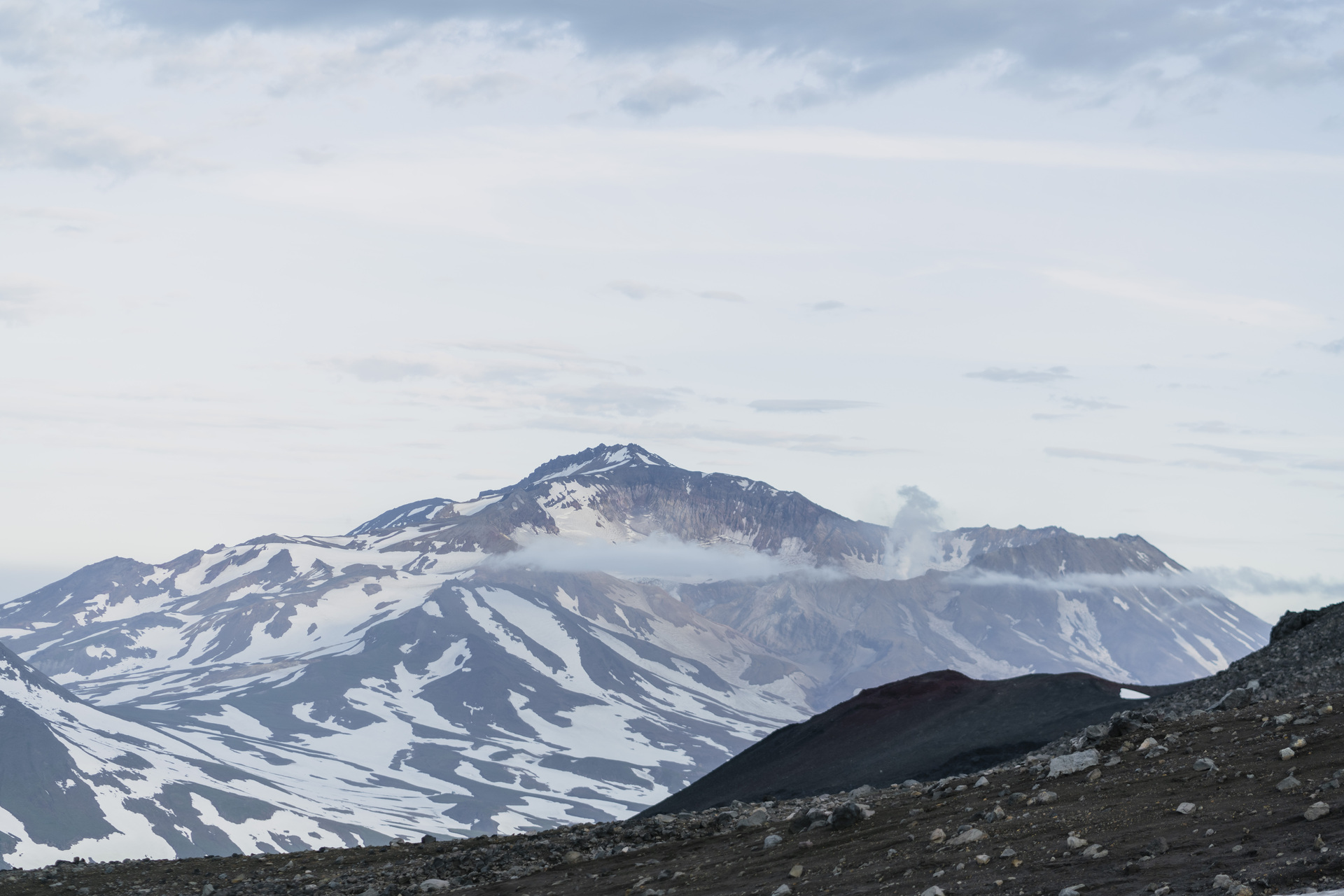
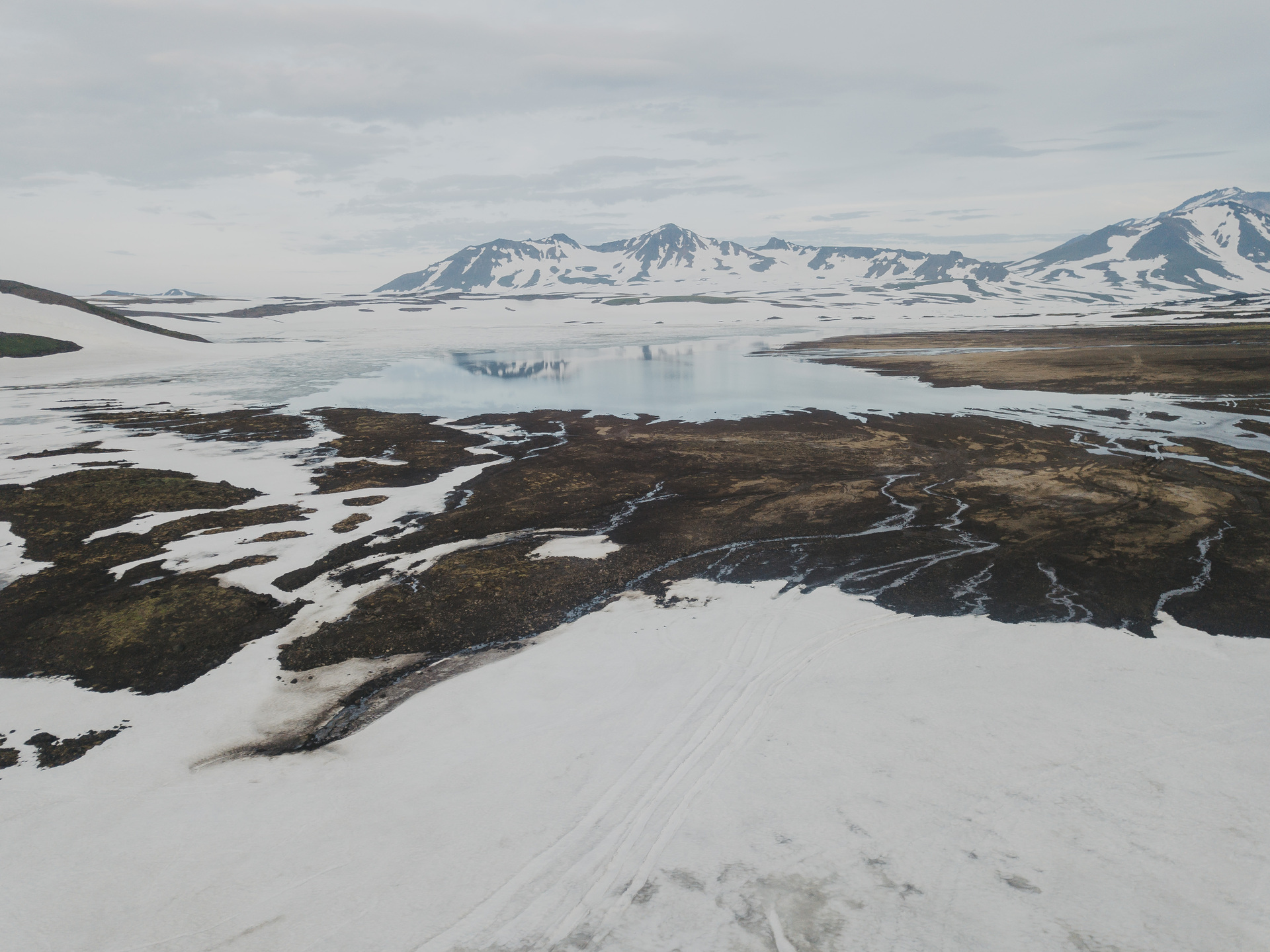
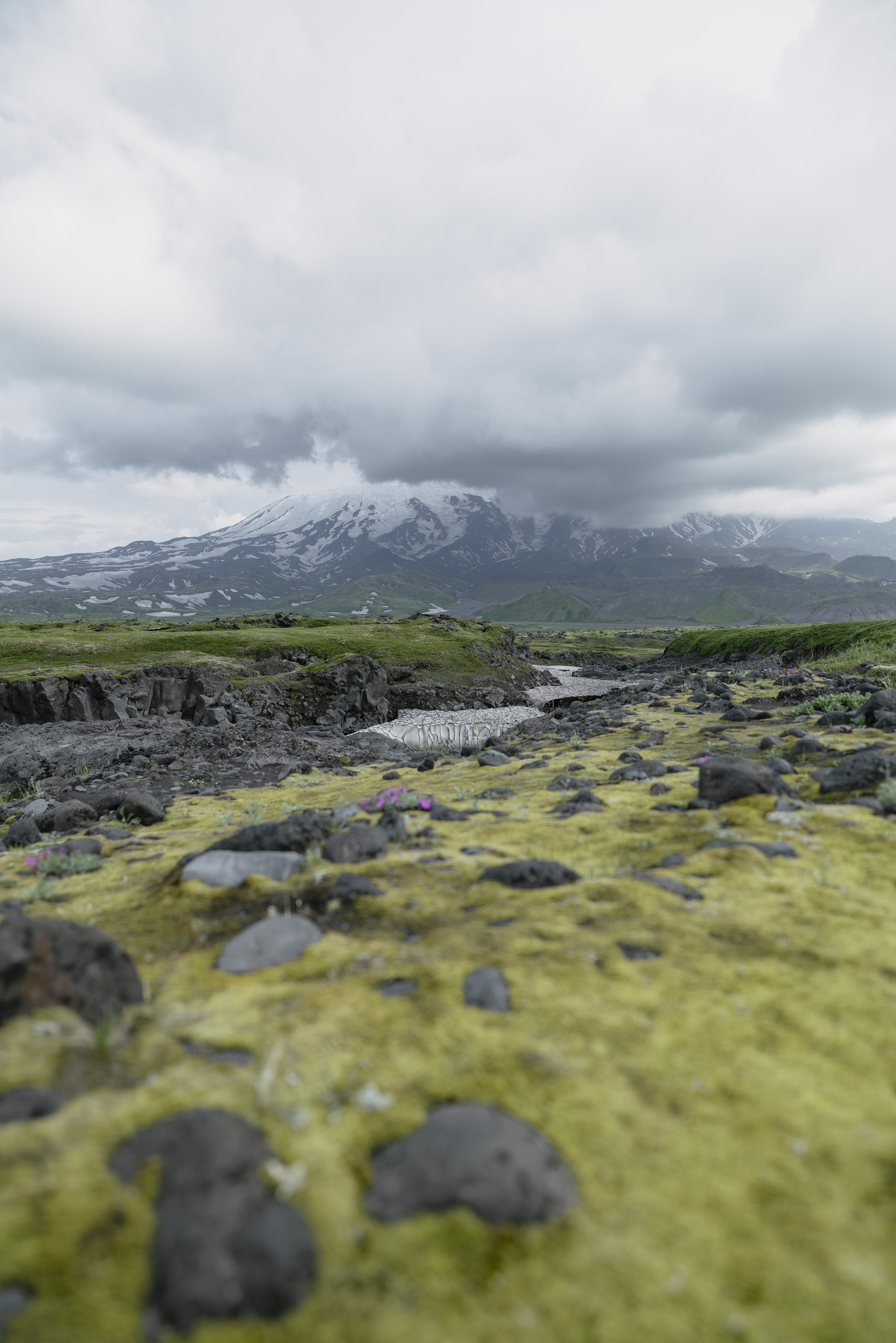
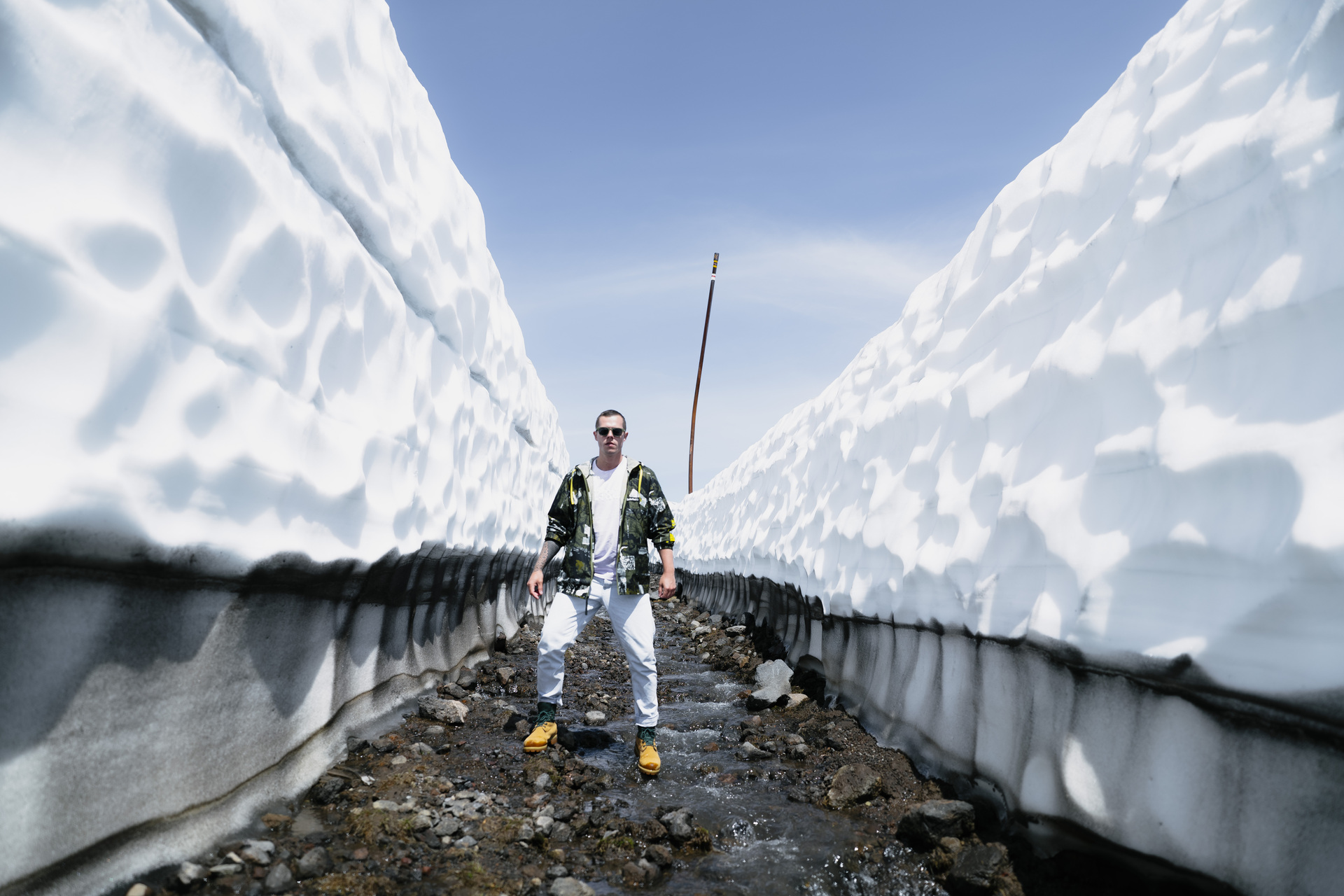
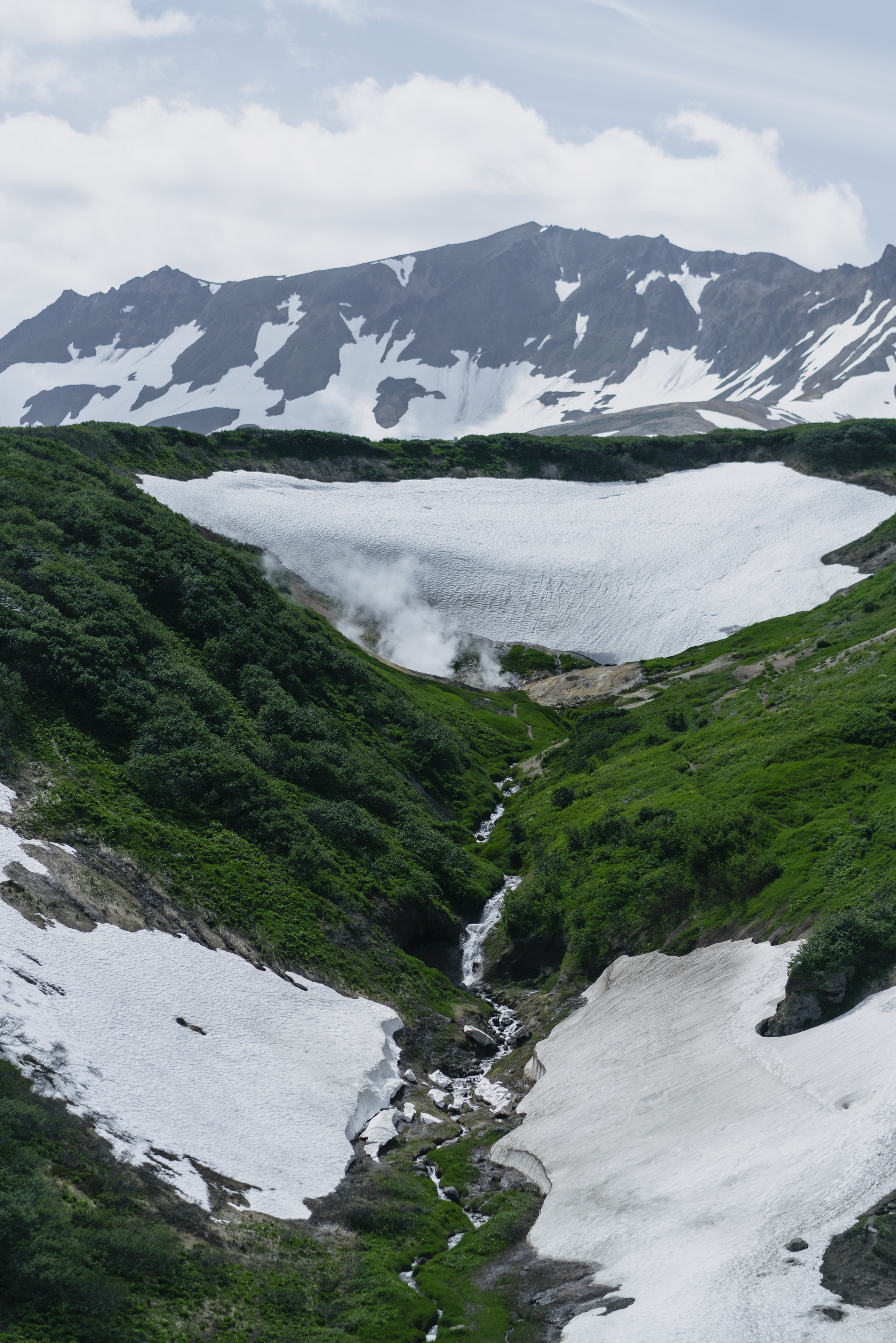
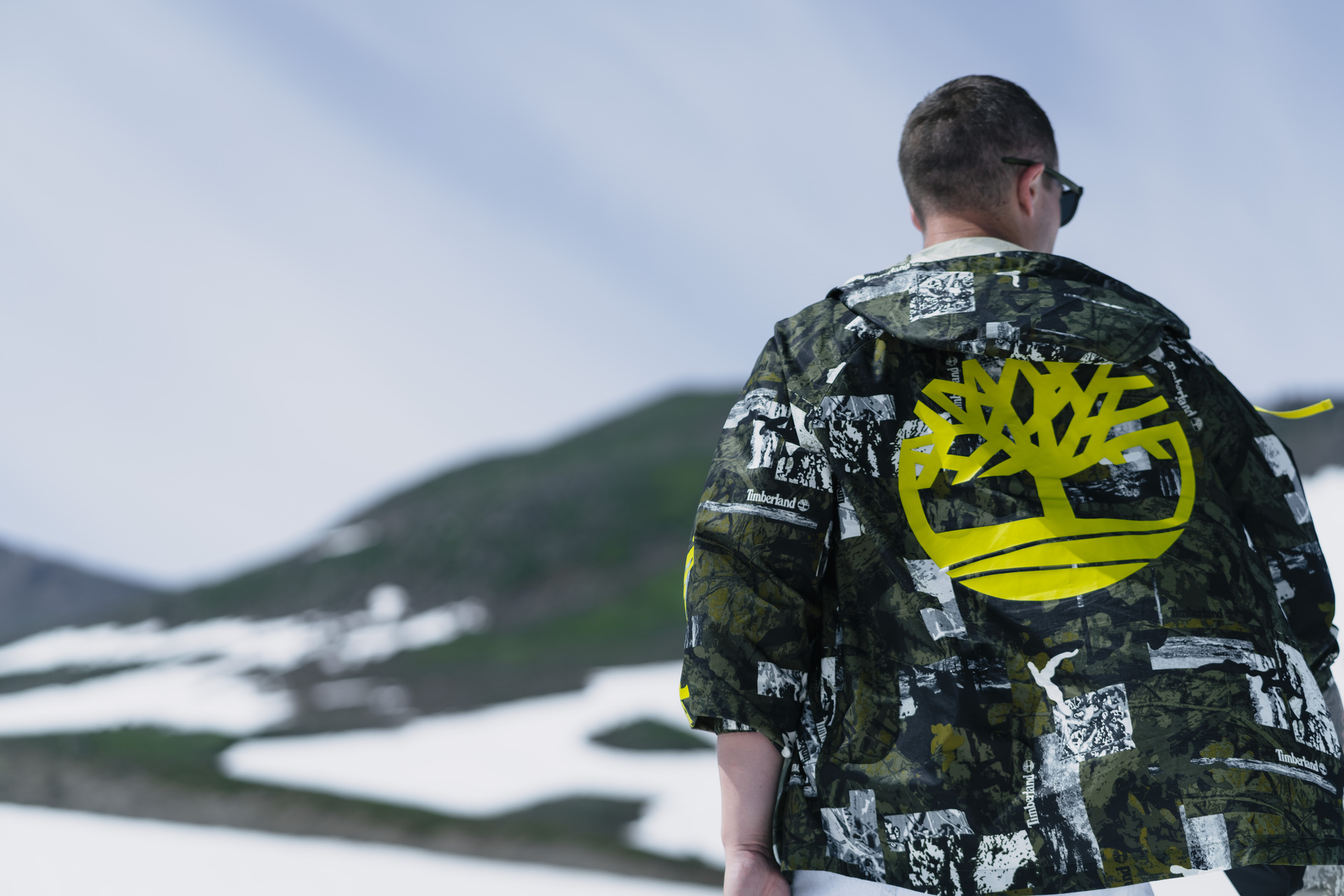
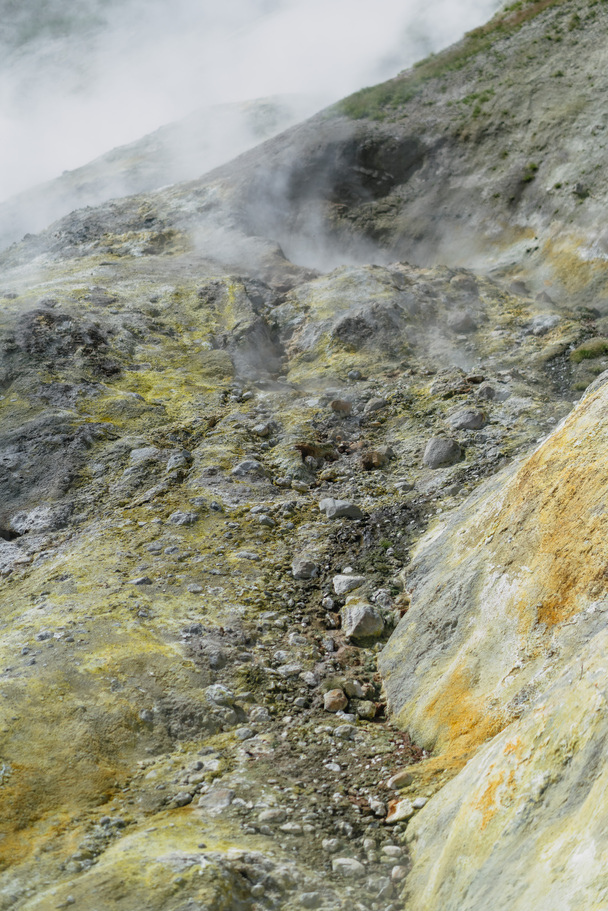


 4 min
4 min